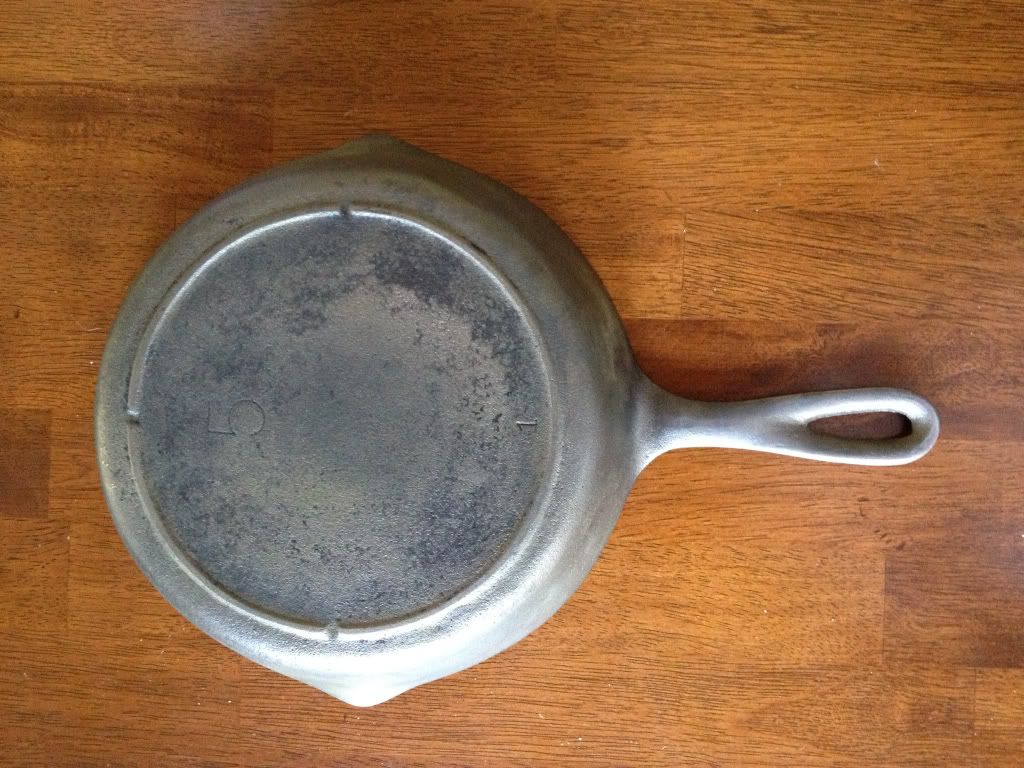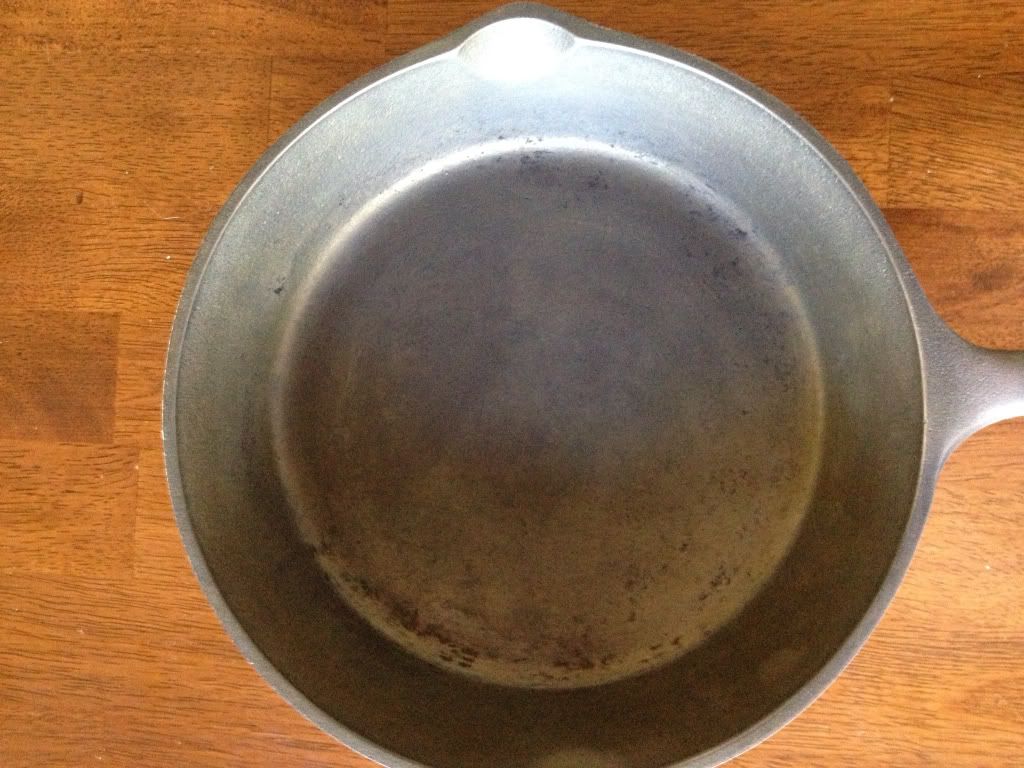Dave Brill
Member
Just won't let go of those last few speckles of black. Got this on from a yard sale had, not kidding, 1/4" of gunk in places. Now I just can't get the last little bit. I've done several lye baths for days at a time, even set up a little elctrolosis tank. Lots of scrubbing too. What should I do? Kick it to the curb or...




